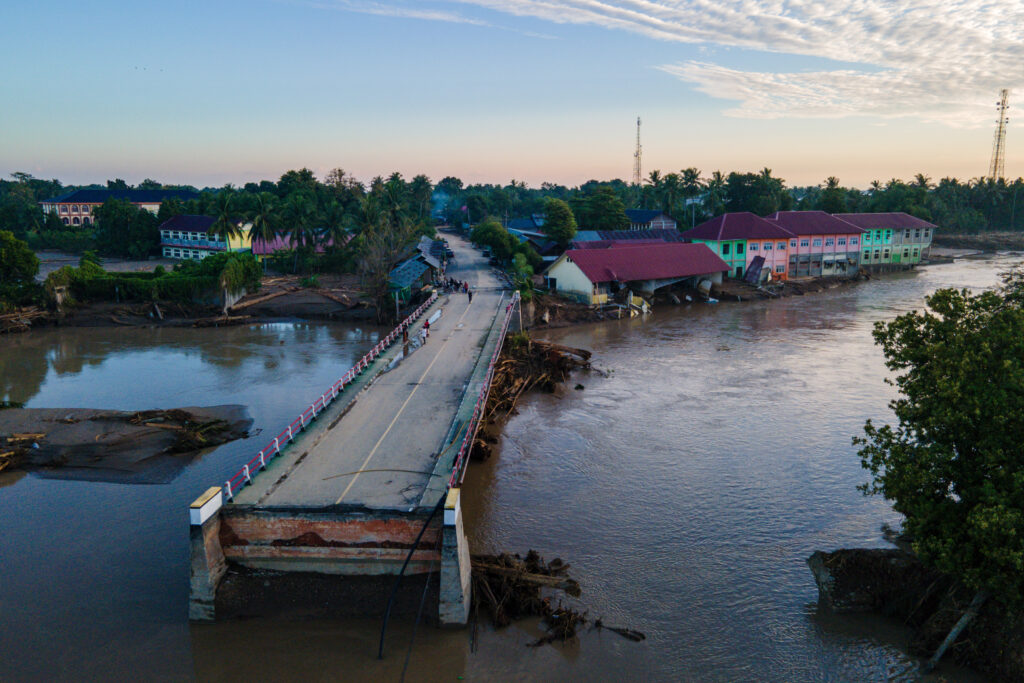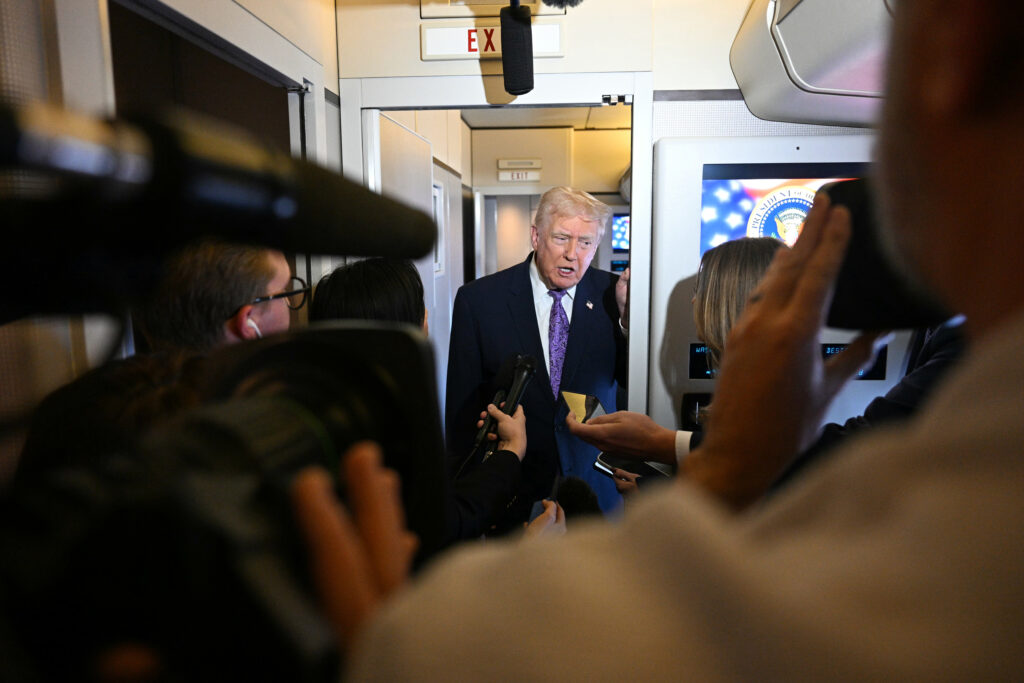Asia floods toll tops 1,000 as military aid survivors
The toll in deadly flooding and landslides across parts of Asia climbed past 1,000 on Monday as hardest-hit Sri Lanka and Indonesia deployed military personnel to help survivors.Separate weather systems brought torrential, extended rainfall to the entire island of Sri Lanka and large parts of Indonesia’s Sumatra, southern Thailand and northern Malaysia last week.The relentless rains left residents clinging to rooftops awaiting rescue by boat or helicopter, and cut entire villages off from assistance.Arriving in North Sumatra on Monday, Indonesian President Prabowo Subianto said “the worst has passed, hopefully”.The government’s “priority now is how to immediately send the necessary aid”, with particular focus on several cut-off areas, he added.Prabowo has come under increasing pressure to declare a national emergency in response to flooding and landslides that have killed at least 502 people, with more than 500 still missing.Unlike his Sri Lankan counterpart, he has also not publicly called for international assistance.The toll is the deadliest in a natural disaster in Indonesia since a massive 2018 earthquake and subsequent tsunami killed more than 2,000 people in Sulawesi.The government has sent three warships carrying aid and two hospital ships to some of the worst-hit areas, where many roads remain impassable.At an evacuation centre in North Aceh, 28-year-old Misbahul Munir described walking through water that reached his neck to get back to his parents.”Everything in the house was destroyed because it was submerged,” he told AFP.”I have only the clothes I am wearing,” he said, dissolving into tears.- Sri Lanka seeks aid -In Sri Lanka meanwhile, the government called for international aid and used military helicopters to reach people stranded by flooding and landslides triggered by Cyclone Ditwah.At least 340 people have been killed, Sri Lankan officials said on Monday, with many more still missing.Floodwaters in the capital Colombo peaked overnight, and with rain now stopped there were hopes that waters would begin receding.Some shops and offices began to reopen.Officials said the extent of the damage in the worst-affected central region was only just being revealed as relief workers cleared roads blocked by fallen trees and mudslides.In Ma Oya, just north of the capital, Hasitha Wijewardena said he was struggling to clean up after the floods.”The water has gone down, but the house is now full of mud,” he told local reporters, appealing for military help to clean up.President Anura Kumara Dissanayake, who declared a state of emergency to deal with the disaster, vowed to build back.”We are facing the largest and most challenging natural disaster in our history,” he said in an address to the nation. “Certainly, we will build a better nation than what existed before.”The losses and damage are the worst in Sri Lanka since the devastating 2004 Asian tsunami that killed around 31,000 people there and left more than a million homeless.- Anger in Thailand -By Sunday afternoon, rain had subsided across Sri Lanka but low-lying areas of the capital were flooded and authorities were bracing for a major relief operation.Military helicopters have been deployed to airlift stranded residents, and deliver food, though one crashed just north of Colombo on Sunday evening.Much of Asia is in its annual monsoon season, which often brings heavy rain, triggering landslides and flash floods.But the flooding that hit Indonesia, Thailand and Malaysia was also exacerbated by a rare tropical storm that dumped heavy rain on Sumatra island in particular.Climate change has also increased the intensity of storms, and produced more heavy rain events because a warmer atmosphere holds more moisture.The waves of rain caused flooding that killed at least 176 people in southern Thailand, authorities said Monday, one of the deadliest flood incidents in the country in a decade.The government has rolled out relief measures, but there has been growing public criticism of the flood response, and two local officials have been suspended over their alleged failures.Across the border in Malaysia, where heavy rains also inundated large stretches of land in Perlis state, two people were killed.burs-sah/mtp





